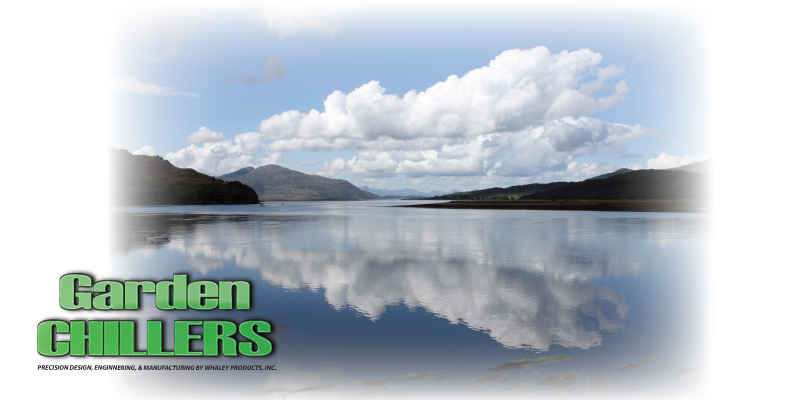Misting System
Mist, small droplets of water that are suspended in air, is perfect for relieving heat from a garden. Mist is formed naturally when warm, moist air meets cooling air. In weather, humidity and temperature play specific roles when creating this process. Mist is more visible than fog. Mist can make light visible by reflecting and refracting the suspended droplets of water. Reflection occurs when waves are thrown back by a body or surface without absorbing them. Mirrors are an example of this phenomenon. Refraction occurs when the beginning of a wave enters a new medium where its speeds is different. Freezing mist occurs when fog falls below 0°C.
Misting stations or misting pipes, force water through nozzles to produce droplets in a concentrated area. The heat in the area can be reduced as much as 30°F! The cooling effect occurs when heat is absorbed by moisture and change s into liquid during evaporation. There are two types of systems. One system is high pressure and the other is lower. Low pressure system normally sprays water, and cannot create mist. The pressure systems use copper or stainless steel pipes that offer longevity.
Misting systems use a pump, nozzles and a mist line. The water is cooled in a cooling tower by the evaporative process. Each misting system uses an appropriate size pump. The larger the system the larger the pump. The number on nozzles can also vary by size. Pumps are normally quieter than pool pumps. Pumps should be patience every year. Pumps can be placed next to a water source, by a pool or on the side of a building.


